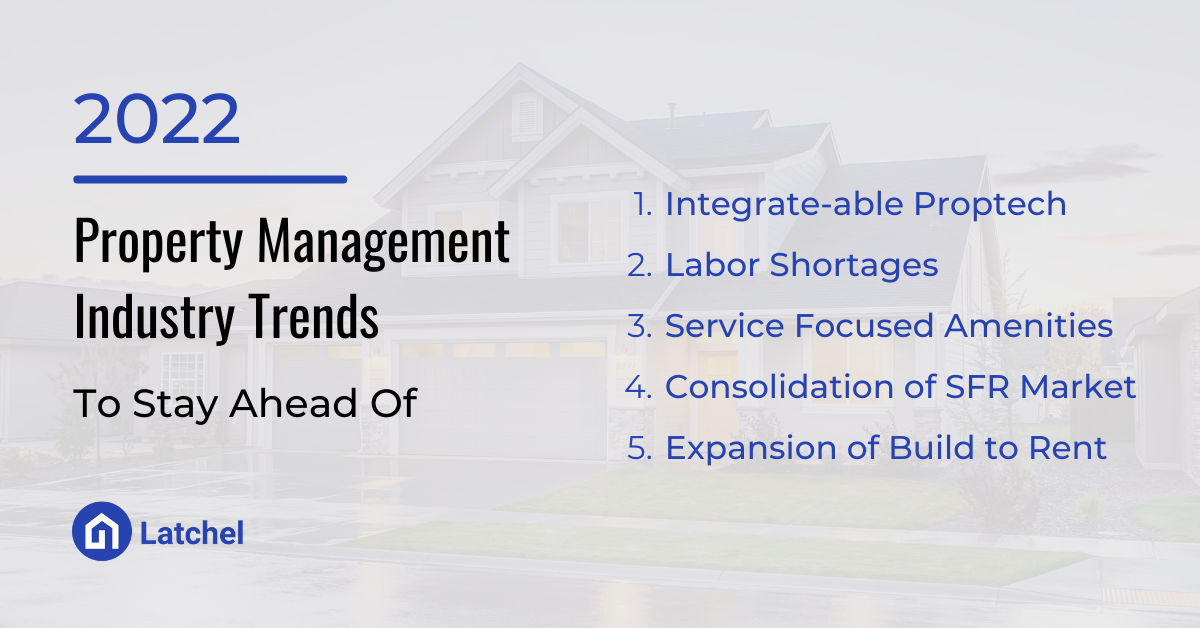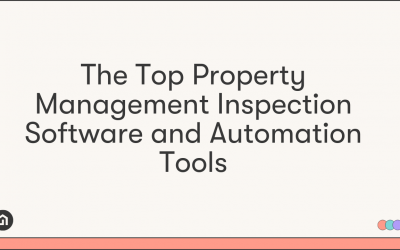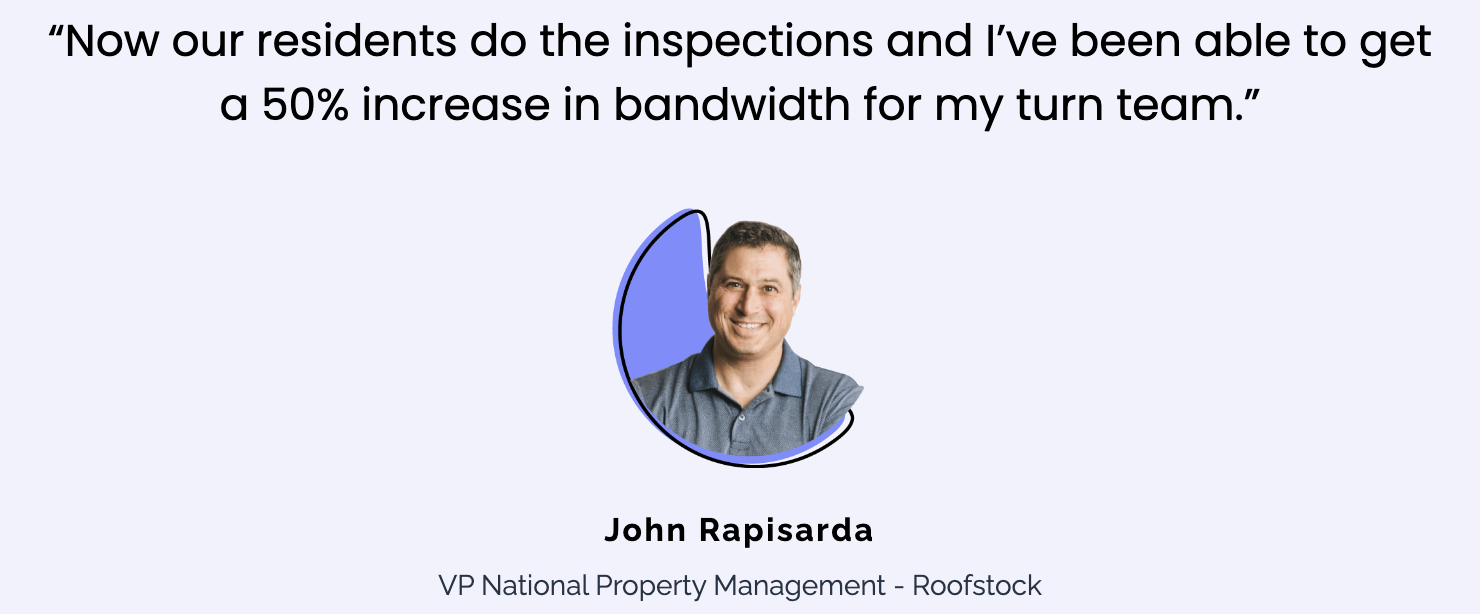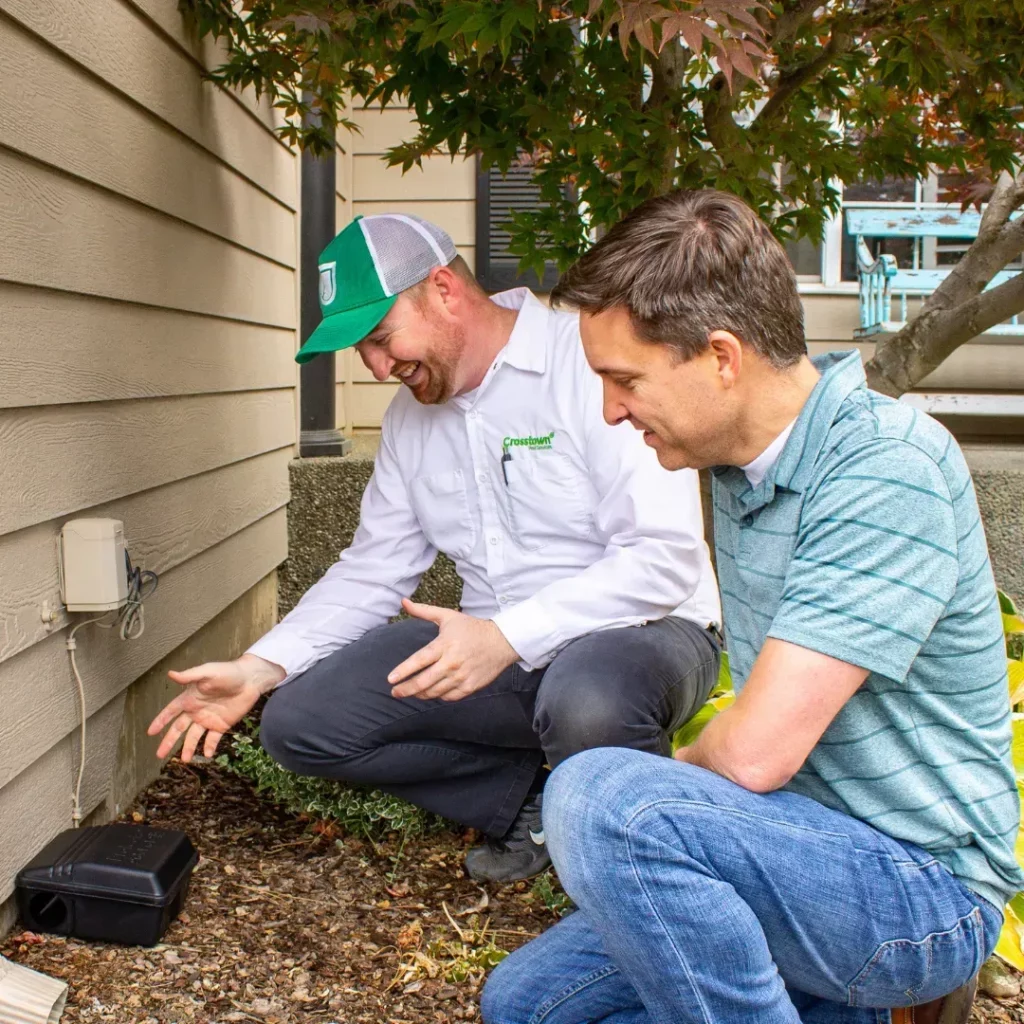With 2021 coming to a close, it’s time to start thinking ahead to your business strategy for 2022. The property management industry has evolved into an even more tech forward operating space, and since technology itself operates at an exponential growth rate, the implications of it have far reaching effects on the industry. By staying aware of the implications, you can position your company to not only maintain growth, but push it further in 2022. Here are the top 5 Property Management industry trends for 2022:
1. Implementing Integrate-able Proptech Is Do-Or-Die.
With the pandemic pushing all industries into a more virtual, tech enabled space, the property management industry has been forced to both create, and implement Proptech (property technology) that automates many manual processes, and facilitates a more remote lifestyle. Remote work and remote processes have become commonplace, and the normalization of even more of the instant gratification that technology inherently comes with is prominent.
Residents are wondering “If Amazon can deliver me groceries in less than 2 hours, why can’t my management company immediately respond to my maintenance requests? Why are there not virtual tours available? Why can’t I do everything in an online portal? Why am I being left to wait an ambiguous amount of time to get a response or any kind of recognition of my inquiry?”
Management companies who do not have a solid infrastructure of technology that facilitates higher service levels (that are now both expected and demanded by prospective residents and owners), will fall behind the curve.
On the other side, management companies who are using too many softwares and platforms without integrations to let them speak to each other and merge data, are creating an organizational mess of data that is siloed away from each other. When your data is in too many places it’s nearly impossible to keep updated and aligned across platforms, properly understand/analyze, and make proper strategy decisions from. The more integrate-able your systems, the better long-term business health of the company.
Here are the top Proptech use cases of property managers in 2020.

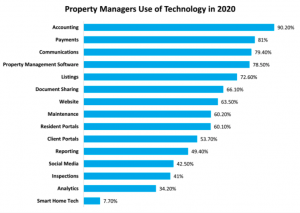
2. Labor Shortages In the Vendor Space Will Require Creative Solutions.
One of the biggest pain points in 2021 has been a labor shortage of available vendors to handle maintenance work orders. Residents spending more time at home pushed the volume of maintenance requests higher, and the pool of labor available stayed the same size, or in many areas shrunk.
This has caused an even larger delay in work order completion time, and a bigger hit to maintenance spend since contractors are upping their rates in order to prioritize jobs. With fewer younger generations entering trade work, this trend will require some creative solutions in 2022 revolving around optimizing time and building out a stronger network of providers.
At Latchel, we work to optimize time spent on maintenance requests in 3 main ways:
- We proactively troubleshoot every single maintenance request over the phone to eliminate any unnecessary dispatching of vendors.
- In cases of emergencies, we have a video-based troubleshooting feature where the resident can easily show us the problem so that we can more effectively troubleshoot.
- If we can’t fully resolve an emergency request over the phone, we attempt to de-escalate the issue to a general work order so the property management company isn’t paying a hiked up fee for immediate dispatching.
- With this process streamlined, we’re able to resolve or de-escalate 30% of all work orders that come through.
- We pay the vendor immediately to encourage their prioritization of our job.
- We implement a process to reduce the time a vendor spends waiting on approval of higher cost estimates.
To learn more about the efficiencies of Latchel’s maintenance process, you can get a demo of our platform & services here.
3. Service Focused Amenities For Residents Will Be More In-Demand.
In a recent study run by Buildium, residents were asked about their expectations from their property managers. The results were summarized as below:
“Today, attracting and retaining residents is less about the flashy appeal of pools and granite countertops, and more about displaying that their needs have been take into consideration in the place they call home…
Whether they rent out of necessity or preference, today’s hyper-connected, often stressed residents are searching for amenities that provide convenience, comfort, and connection.”
– Buildium 2021 State of the Industry Report
Essentially, residents now care less about physical amenities and more about higher service levels, and faster communication. For many, this means much faster response times to maintenance calls, and more available services to get connected to instantaneously.
With this in mind, Latchel has created a virtual concierge service on top of our maintenance coordination services so that we can offer residents more service focused amenities – things like:
- 60 second response times to requests, 24/7/365.
- An easy way to connect via call, SMS, or online mobile platform.
- A 24/7/365 virtual concierge service that will coordinate not only maintenance requests, but also resident responsible home chores like:
- Regular home cleanings,
- Furniture assembly,
- Dog walking,
- TV mounting, and much more!
- An initial Latchel piggy bank of $300 in service credits to go towards paying for their resident responsible home chores.
- Another $300 in cash reimbursements for any resident caused damages that they’d normally be responsible for paying for.
- A FREE Y Split account that gives them a platform for easy bill splitting among roommates.
Everything included is an amenity that shows that their management cares about their living experience and exceeding expectations of it.
Service-focused amenities have been more widely adopted in the Multifamily space, and are now moving into the Single Family place to settle in and re-define what comes with renting a home.
4. A Normally Fragmented Single Family Market Will Continue Consolidating
Over the last few years, there’s been a lot of institutional and Venture Capital money being poured into the Single Family market because of the breadth of opportunity that’s been further accelerated by the pandemic. Since residents have adopted a more remote culture, there’s less of a demand for living in a city close to work, and more demand for living in a larger single family home where home is the office, and rent is more affordable.
These companies with a lot of money to play with see the opportunity for a massive return on their investments in the Single Family space in the long run, so they’re beginning to acquire smaller Single Family management companies, further consolidating the space.
Since they’re typically companies with the technology, systems, processes, and therefore, higher margins to operate at an economy of scale, it’s more cost-effective for them to acquire single family management companies already established, than it is to chase after single landlords as clients.
With this, many smaller Property Management companies are either looking to:
- Set themselves up to sell (Read our article on: How to Value Your Property Management Company), or
- Compete with Venture-backed companies eating up large chunks of the market share (Listen to our Podcast on: How to Compete with the Venture Backed Companies).
We see the future of Single Family Property Management being consolidated into large-scale operators, and boutique management companies – both operating with more tech and higher margins than what’s previously been considered normal.
5. Build to Rent Concepts Will Be Implemented at Higher Rates.
In line with the previous trend, companies with a lot of capital to invest, are developing entire teams and portfolio segments in “Build to Rent” communities. The Build to Rent concept consists of the development of single family homes in lots/neighborhoods, not with intention to sell, but specifically to be used as rental properties to be professionally managed.
It’s well known that millennials are slower to reach a home buying stage because of a myriad of factors coming down to either being unable to afford to buy a home, or renting out of preference for the amenities and to suit a more non-committal lifestyle. So capitalizing on this trend, is a growing development of Build to Rent communities that will become more commonplace in 2022.
To dive deeper into the trend and get more information on how to invest, click here.

